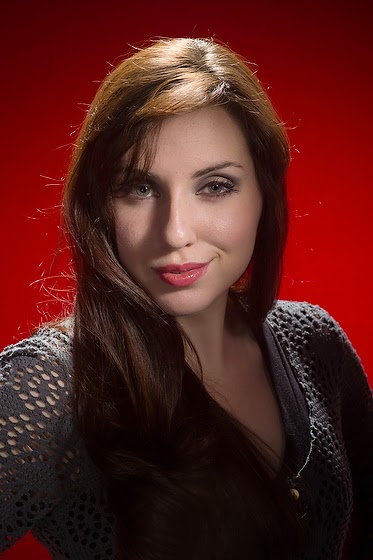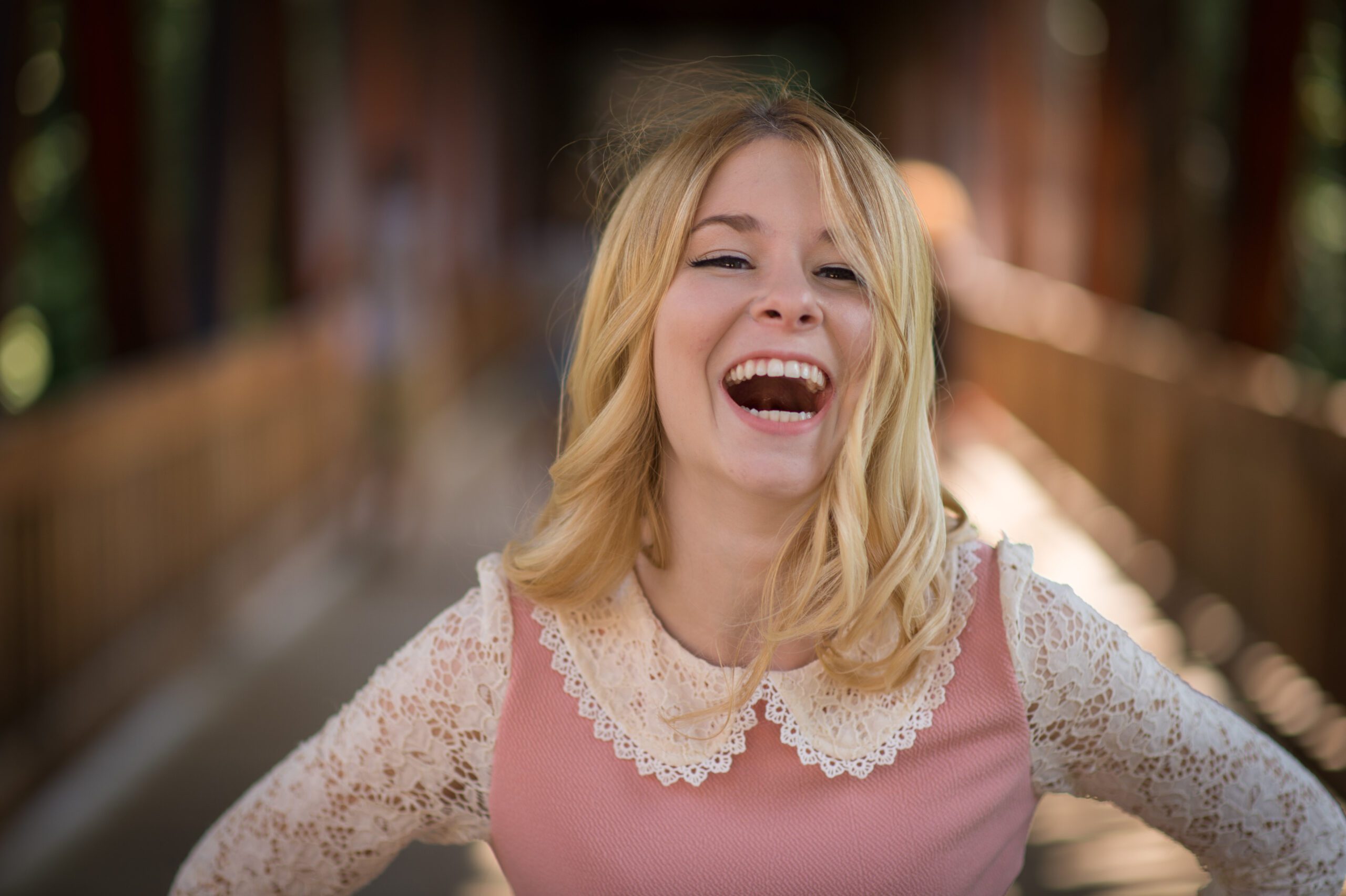| Nikon D4, Nikon 85mm ƒ/1.8G, ISO 100, ƒ/1.8, 1/400 |
Have you ever noticed when you use a technique that some famous photographer perfected and maybe even taught you that you don’t get the same results?
Maybe you have realized that you are implementing all these techniques correctly in your photos, and you continue not to win any competitions you are entering.
A wonderful moment in the movie Remember the Titans is about how “… attitude reflects leadership.” Here listen to the clip:
Where is your heart?
It wasn’t what I did that made a difference–it was how I thought. I start d asking myself why specific techniques worked and others didn’t. I soon noticed that when a strategy was wildly successful, it had more to do with the fact that I honored a principle than the strategy itself. When a strategy was less successful, that too could be directly related to a code I violated.
A principle is different from a strategy; it is about understanding the why and not the what or how. Your ability to be flexible is because you are more relaxed. Understanding these principles is because you “GET IT,” and because you do, you can listen more and look more for ways to implement them. Natural creativity can take place if you understand the principles.
The principle of the technique frees you up, whereas the method alone will freeze you up.
 |
| Nikon D4, AF NIKKOR 85mm f/1.4D, ISO 800, ƒ/1.4, 1/160 |
I remember this photo shoot I was doing to help a young actress with her headshots. I could see what I wanted to capture right in front of me, but it just wasn’t working. I was shooting with soft boxes using strobes, and the depth of field was too big.
I wanted to shoot at ƒ/1.4. So, always using my strobes in the studio was a technique. But unfortunately, I was letting that technology get in the way of the principle of soft lighting.
These lights are just too much, and then I relaxed and realized the modeling lights might be just enough to make it work. So I turned off the radio remote, opened the 85mm lens to ƒ/1.4, cranked the ISO up to 800, and started shooting.
That is only a tiny part of why I love this photo. You see, there is another part of the creative process. I had been noticing the model’s looks and the mood they were creating. So I talked to her about how her particular looks reminded me of some famous actresses in Hollywood.
 |
| Nikon D4, AF NIKKOR 85mm f/1.4D, ISO 200, ƒ/8, 1/200 |
I thought she looked like Evil Queen/Regina Mills (Played by Lana Parrilla) on Once Upon a Time. She loved that actress and was pleased I saw her in that way.
 |
| Nikon D4, AF NIKKOR 85mm f/1.4D, ISO 200, ƒ/1.4, 1/80 |
In this photo, I told her how she reminded me of Anna May Bates (played by Joanne Froggatt) of Downton Abbey. Well, h mom was there and said I was mentioning all her favorites. We were connecting.
You see, the principle of lighting and WHY drove the creative process and not just put the light here and look here.
 |
| Nikon D4, Nikon 85mm ƒ/1.8G, ISO 50, ƒ/2.8, 1/60 |
I was trying to capture her personality for the photos of the beautiful blonde. She is such a ham and loves to have fun. Not too serious at all. After a while, I was connecting with her like the humble kid next door.
Then as we changed locations, I started to see how specific areas would bring out different parts of her personality. They would compliment her and create a mood. The last photo is what I think of when I think of the famous Dove Girl ads.
You see, we have been talking about the principles of portraits and not so much technique.
If you love photography because of playing with all the gear, then be ready to accept mediocrity. However, if inspiring imagery motivates you, then learn to get in touch with your heart and what moves you, and then you will create great images.

